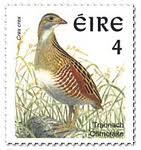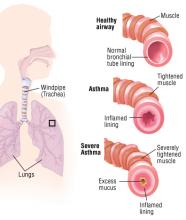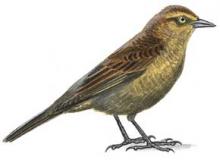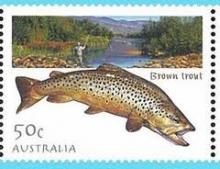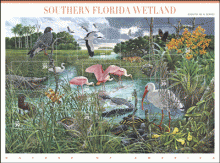
Florida’s birdlife is some of the most captivating and well-recognized in the country, from impossibly pink Roseate Spoonbills to the raucous gulls and terns of our sandy beaches. At the start of the 20th century, many Florida bird species were in steep decline because of exploitation for the millinery trade. Their bright, ornate feathers were highly prized as decoration for women’s hats. Most of these bird populations rebounded after the federal government banned this practice , yet today many of these birds are again threatened and decreasing. They face pressures on where they live and competition for the food they eat. Habitat loss is often the emphasis of bird conservation efforts, but comprehensive conservation of any species must consider all its vulnerabilities. Forage fish—sometimes known as baitfish or prey fish—play a vital role in the marine ecosystem as a food source for coastal birds and other marine wildlife. These small, nutrient-rich fish are the crucial link between plankton and predators in the ocean food webs. The schooling behavior and relative abundance of forage fish make them ideal prey for much larger coastal predators such as Terns, Pelicans, and Ospreys, as well as their ocean counterparts such as tarpon, snook, and dolphins. In this report, we investigate an area of growing concern for these birds: how declines in populations of forage fish in Florida’s coastal waters could exacerbate declines of seabirds, wading birds, and other fish-eating birds, particularly species of conservation concern such as Least Terns (Sternula antillarum, formerly Sterna antillarum) and Black Skimmers (Rynchops niger)

